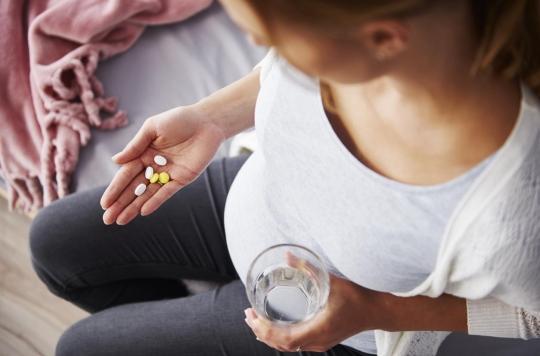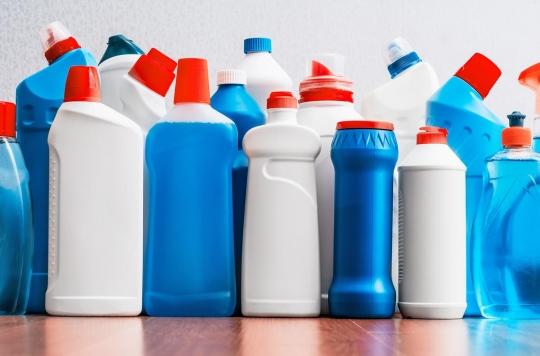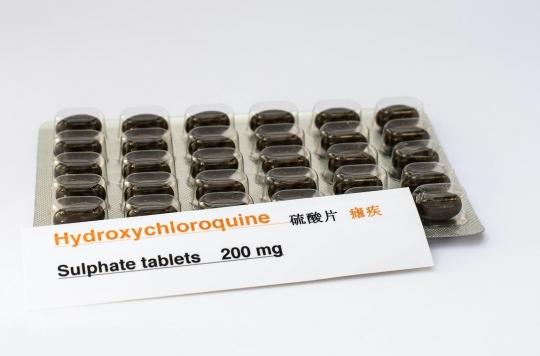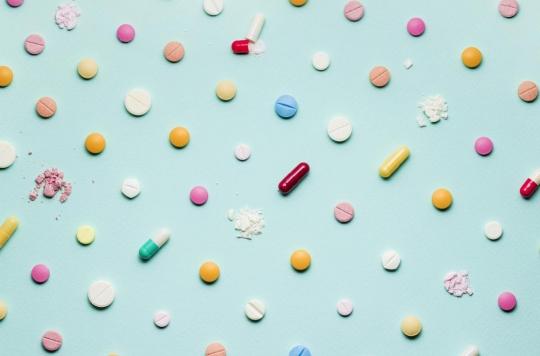User errors, self-medication, adverse drug reactions cause 143,000 hospitalizations per year. The Afssaps reacted by relying on doctors.
|
Almost 1,480,000 days of hospitalization per year are due to adverse drug reactions. And 48% of them would be preventable. This is what emerges from the last survey carried out in 2007 by the regional pharmacovigilivance centers (CRPV). Under the leadership of the French Health Security Agency (Afssaps), the CRPVs looked at the hospitalizations of 62 medical departments, representative of all public hospitals. “Of the 2,692 patients, 97 cases were attributed to a drug iatrogenic problem, ie an incidence rate of 3.6%,” explains Dr. Françoise Haramburu who coordinated the cross-sectional study (EMIR) and head of the CRPV from Bordeaux. This represents 143,000 hospitalizations per year if we extrapolate this figure to the national level. “These results are very close to the last study carried out in 1998, where the percentage of hospitalizations was 3.19%”, recalls Jean Marimbert, the director general of Afssaps. According to the survey, the undesirable effects are primarily vascular disorders (20.6% of cases including hemorrhages), neurological disorders (11.3%), and gastrointestinal disorders (9.3% ). Hospitalizations lasted on average just over 10 days. Who are the affected patients? They are old people. The average age of hospitalized patients is 62 years, but when patients are over 75, the incidence rate is 5.5%. “Patients hospitalized for adverse effects are on average ten years older than those hospitalized for another reason,” notes Dr Haramburu. 167 drugs were considered to be the possible cause of the 97 hospitalizations, some by misuse or administration. The EMIR study shows that anti-vitamin K (AVK) anticoagulants are responsible for 12% of hospitalizations. Diuretics come in second with an incidence rate of 0.41%. Anticancer drugs have a lower incidence rate (0.33%). Regarding AVK drugs, Afssaps is mobilizing again. These drugs were already the main cause of adverse effects in the 1998 study (13%). “Should we consider that our preventive actions were in vain? “asks Anne Castot, responsible for risk monitoring and information on drugs at Afssaps. Questions to Anne Castot, responsible for risk monitoring (AFSSAPS) A study every 5 years
Are the results obtained the same as those of 1998? How to explain cela ? What steps are you going to take? |
.

















